Colombia: Five Months of work in San Augustin-IstiminaLeer en castellano…Just at the end of last June, the GNRC implemented an Ethics Education workshop, based on the Learning to Live Together manual, in the Colombian Choco. The participants, women, youth and children of the neighborhood of Augustine in Istmina, described very clearly the situations of violence and poverty of the neighborhood. The river and its banks are full of degradable and non-degradable waste, mothers are abused by their husbands or partners, children are abused by their parents, their bodies are violated by the lack of food, girls are sexually abused by drunken adults, their basic rights are violated by the lack of education and job opportunities.

A concern highlighted by the youth was the stigma that has been created around them as irresponsible, violent and gang-related people. When asked to link these issues with the manual, most of the participants linked them to “Nonviolent Alternatives”. What does this choice mean for these young boys and girls considered as violent and living in a violent reality? They explained very clearly: “we need to study, we need to work, we need a field to play and practice sports, we need nonviolent options to occupy our time.” They were clearly referring to the relationship between violence and poverty.
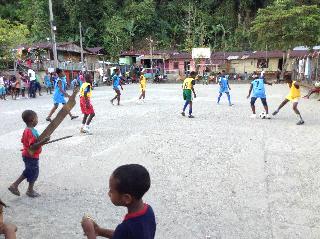
This program in Istmina is part of the Arigatou International initiative to end child poverty, which encourages the participation of children and youth as actors of modest but significant processes, where they can exercise their right to participation, processes that build a positive sense of citizenship among children and youth. Since the implementation of the workshop, the women of the community got together and started a community nutrition project with specific local donations. Moreover, the contents of the first workshop have been developped, and three initiatives to encourage the participation of children have emerged: the cleaning of public spaces and the creation of “green bricks” made of plastic waste, the building of an open space where children and young people can play sports, and the creation of a band of drums.
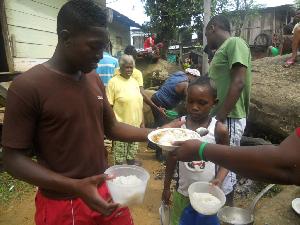
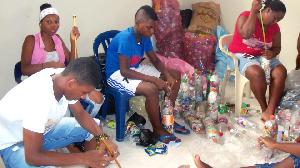
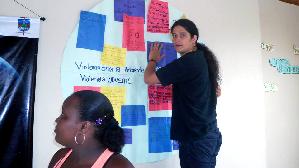
The idea emerged at the first workshop, where a child had a drum and used it to liven up some moments of the workshop. It was also used to announce that a session was about to begin. All the children wanted to play the drum, all of them wanted to be the protagonists of the moments of joy that originated from the music of the drum, so they suggested the creation of a band of drums. Finally the band was created.

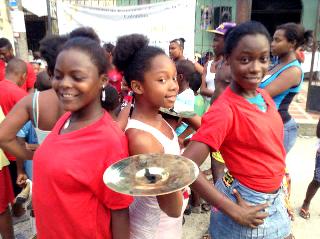
Five months after the workshop, on November 29 and 30, the Day of Prayer and Action for Children (DPAC) was celebrated in San Augustin. With the support of our colleagues from GNRC –Colombia the celebration included a cineforum, a radio program live about drugs, music, dance, games, local folklore, and a parade through the town with the participation of 200 children to promote the values of the workshop. The band made its debut, this time the young boy with the drum was accompanied by a proud group of children and adolescents. The celebrations ended on Saturday 30 with an interfaith prayer.
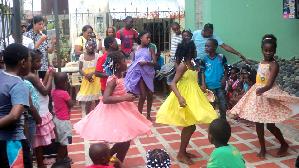
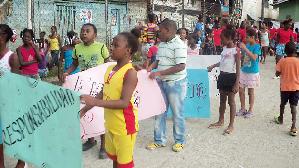
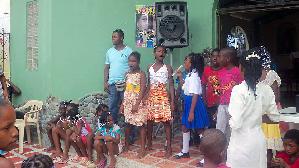
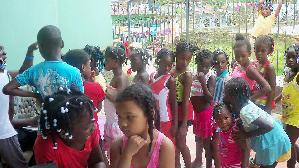
Pictures of Olga Sierra and Bishop García
Edited by Mercedes Roman
Translation by Silvia Mazzarelli

